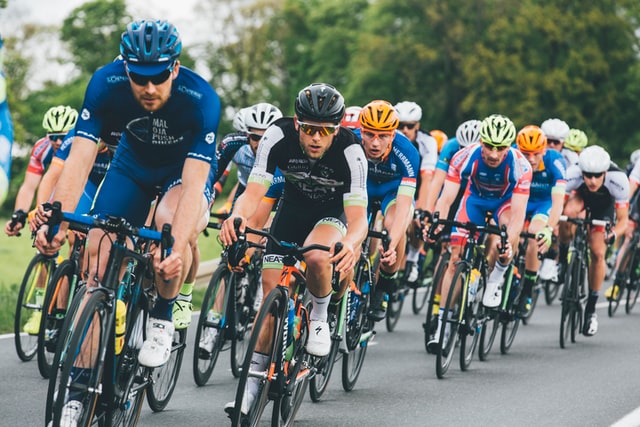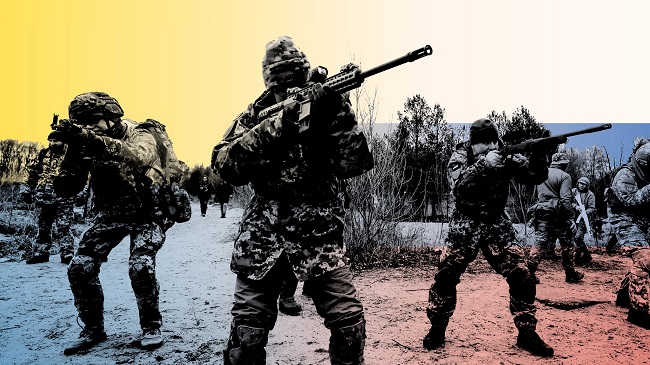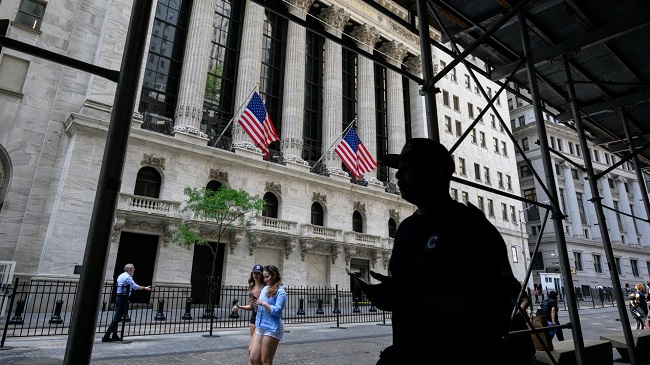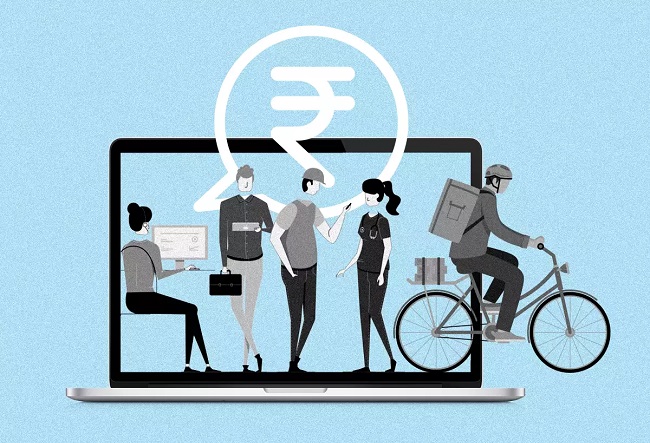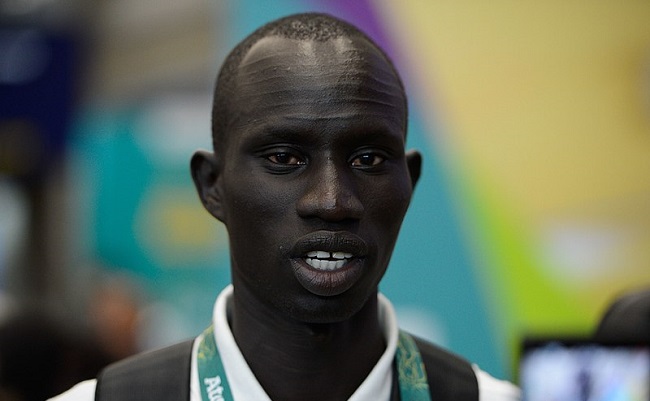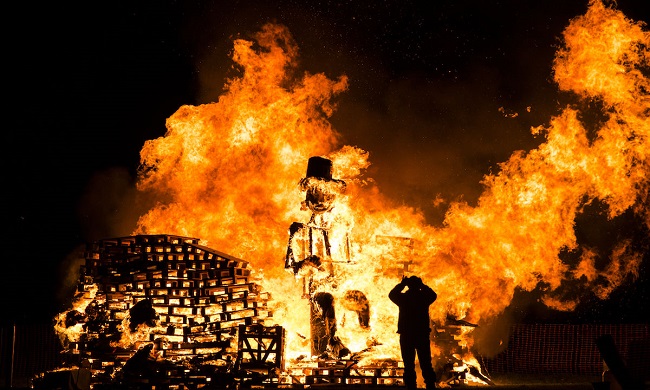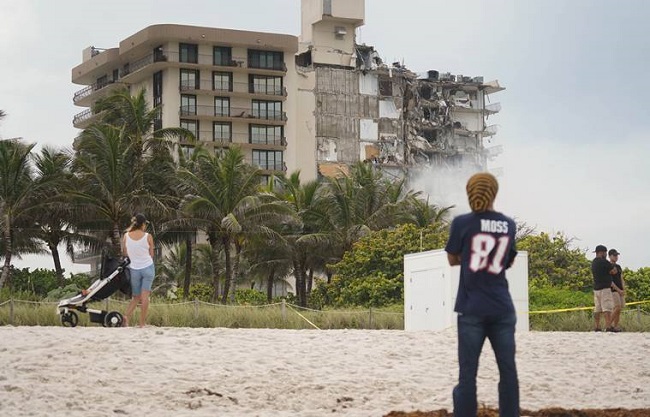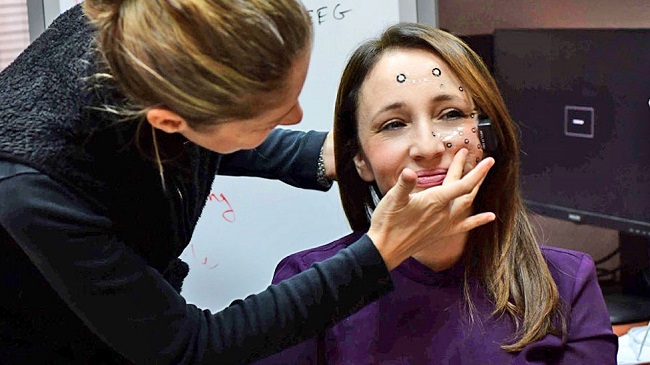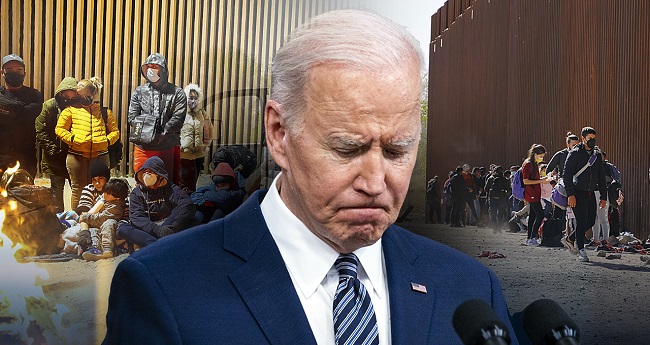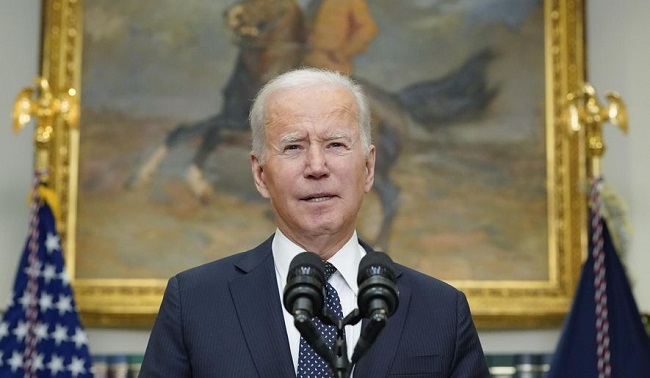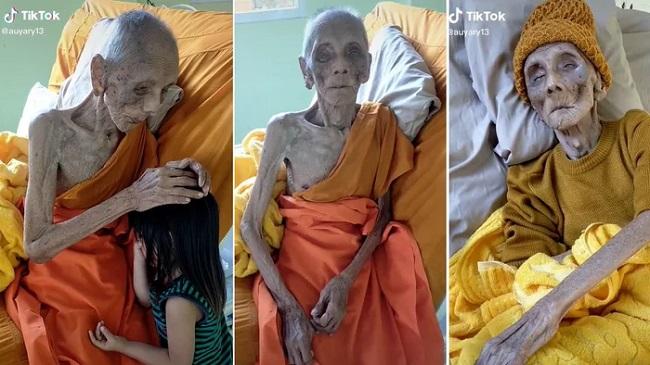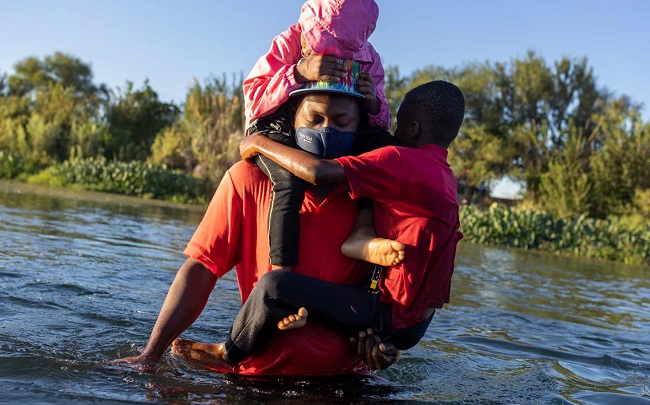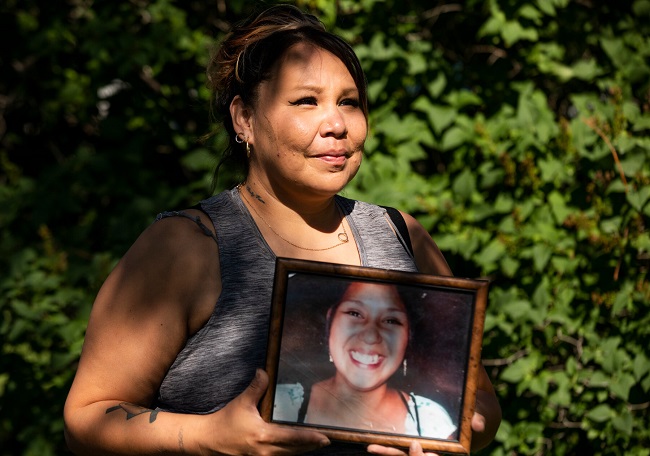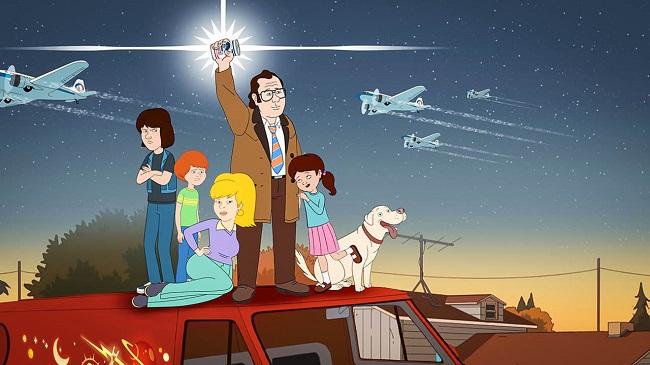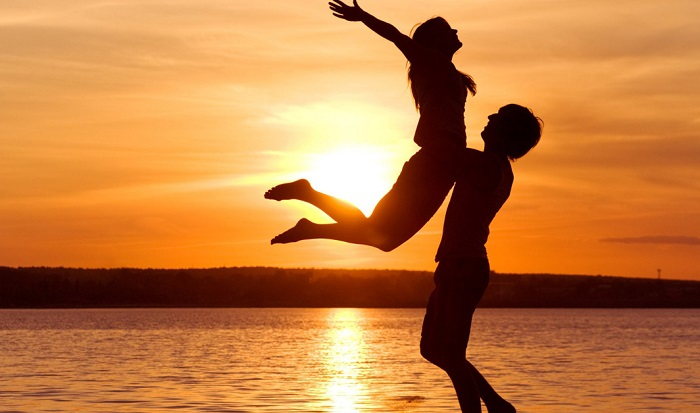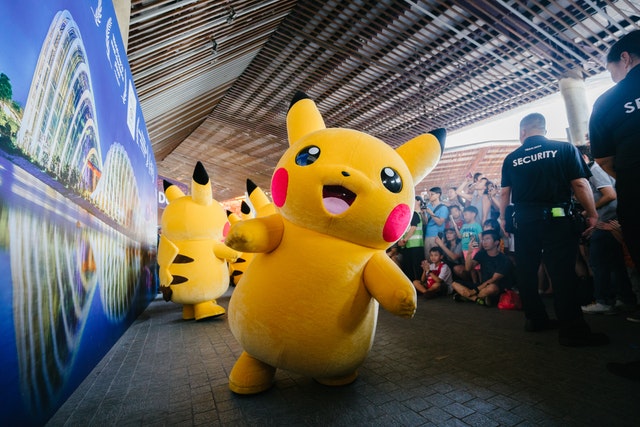The Philippines, an archipelago of over 7,000 islands, is adorned with natural wonders, from pristine beaches and stunning marine life to dramatic landscapes and vibrant cities.
This guide unveils the top 10 destinations that draw travelers to this Southeast Asian paradise.
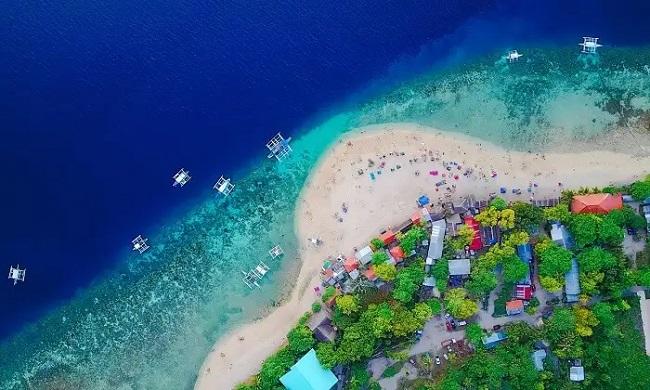
Top 10 Most Visited Places in Philippines
1. Boracay Island
Overview
Boracay is a small island famed for its white powdery beaches, crystal clear waters, and vibrant nightlife, consistently ranked among the world’s best beaches.
Why Visit?
Relax on the stunning White Beach, try parasailing or kite surfing, and witness breathtaking sunsets.
2. Palawan
Overview
Palawan, known as the ‘Last Frontier,’ is an ecological paradise, home to two UNESCO World Heritage Sites: the Puerto Princesa Subterranean River and the Tubbataha Reefs Natural Park.
Why Visit?
Explore the underground river, marvel at the limestone cliffs of El Nido, and dive in Coron’s world-class wreck sites.
3. Chocolate Hills, Bohol
Overview
The Chocolate Hills in Bohol are a geological marvel, consisting of over 1,200 symmetrical mounds that turn cocoa-brown in the dry season.
Why Visit?
Take in the panoramic views from the viewing decks, and visit the nearby adventure parks for zip-lining and quad biking.
4. Banaue Rice Terraces
Overview
Carved into the mountains of Ifugao by the ancestors of the indigenous people, the Banaue Rice Terraces are often referred to as the ‘Eighth Wonder of the World’.
Why Visit?
Hike through the terraces, learn about the Ifugao culture, and enjoy the breathtaking landscapes.
5. Cebu and Mactan
Overview
Cebu is known for its historical significance, bustling city vibe, and the tropical paradise of Mactan Island.
Why Visit?
Dive with the whale sharks in Oslob, explore the rich history at Magellan’s Cross and Fort San Pedro, and unwind on Mactan’s beaches.
6. Siargao Island
Overview
Siargao, the surfing capital of the Philippines, is a teardrop-shaped island blessed with pristine beaches, clear waters, and large waves.
Why Visit?
Catch the famous Cloud 9 surf break, relax in the natural pools of Magpupungko, and island-hop to nearby pristine islets.
7. Vigan
Overview
Vigan is a UNESCO World Heritage site and one of the few Hispanic towns left in the Philippines, showcasing well-preserved colonial architecture.
Why Visit?
Travel back in time as you walk down Calle Crisologo, visit the Vigan Cathedral, and try the local Ilocano cuisine.
8. Mount Mayon, Albay
Overview
Known for its near-perfect cone shape, Mount Mayon is the most active volcano in the Philippines and a stunning backdrop for adventurers and photographers alike.
Why Visit?
Embark on an ATV adventure near the lava trails, visit the Cagsawa Ruins, and enjoy the scenic landscapes of the region.
9. Davao City
Overview
Davao City, the crown jewel of Mindanao, offers a mix of urban life and natural attractions, with the Philippine Eagle Center and Mount Apo as nearby highlights.
Why Visit?
Meet the majestic Philippine eagle, climb the country’s highest peak, Mount Apo, and savor the king of fruits at the Durian Festival.
10. Baguio City
Overview
Baguio City, known as the Summer Capital of the Philippines, is nestled in the Cordillera Central mountains with a cool climate, pine forests, and a thriving arts scene.
Why Visit?
Stroll through Burnham Park, visit the Baguio Cathedral, and explore the local art at BenCab Museum.
In Summary
The Philippines is not just about stunning beaches and clear waters; it’s also about rich history, diverse cultures, and landscapes that range from volcanic mountains to historic cities.
Each of these ten destinations offers a unique perspective on the beauty and heritage of the Philippines.
FAQ: Top 10 Most Visited Places in the Philippines
Q1: What is the currency in the Philippines, and are credit cards widely accepted?
A1: The Philippine Peso (PHP) is the currency. Credit cards are widely accepted in cities and tourist areas, but it’s advisable to carry cash when traveling to smaller islands or rural areas.
Q2: Do I need a visa to visit the Philippines?
A2: Many nationalities can enter the Philippines without a visa for stays of up to 30 days. For longer stays or other nationalities, a visa may be required, so it’s best to check with the nearest Philippine embassy or consulate.
Q3: Is English spoken widely in the Philippines?
A3: Yes, English is one of the official languages of the Philippines and is widely spoken throughout the country, making communication for travelers relatively easy.
Q4: What is the best time to visit the Philippines?
A4: The best time to visit is during the dry season from December to May, with March to May being the hottest months. The wet season from June to November can bring heavy rains and typhoons.
Q5: What vaccinations do I need before traveling to the Philippines?
A5: Standard vaccines such as measles, mumps, rubella, polio, and diphtheria-tetanus-pertussis are recommended. Depending on where you’ll be visiting, vaccines for hepatitis A and B, typhoid, and yellow fever may also be advised.
Q6: What should I wear when traveling in the Philippines?
A6: Light, airy clothing is suitable due to the tropical climate. For religious and cultural sites, modest attire is recommended. Always bring rain gear if traveling during the wet season and sturdy footwear for outdoor activities.
Q7: Can I drink the tap water in the Philippines?
A7: It’s generally recommended to drink bottled or filtered water in the Philippines to avoid waterborne illnesses.
Q8: Are there any cultural customs I should be aware of?
A8: Filipinos are known for their hospitality. When greeting elders, it’s customary to practice “mano,” a sign of respect by taking an elder’s hand and bringing it to your forehead. Also, be punctual for formal occasions but expect a more relaxed approach to time in social settings.
Q9: Is it safe to travel in the Philippines?
A9: While many areas in the Philippines are safe for tourists, it’s important to stay updated on travel advisories, especially for certain regions. Always exercise common sense and take standard safety precautions.
Q10: What are the best souvenirs to bring home from the Philippines?
A10: Popular souvenirs include local handicrafts, pearls, barong Tagalog (embroidered formal shirts), and local delicacies like dried mangoes.




